| |
|
|
Botanical Name |
: |
Daucus carota L. |
English
Name |
: |
Carrot |
Synonym(s) |
: |
Daucus maritimus |
Family |
: |
Apiaceae |
| |
General Info
| Description |
 |
|
The stems are erect and branched, generally about 2, feet high, tough and furrowed. Both stems and leaves are more or less clothed with stout, coarse hairs. The leaves are very finely divided, the lowest leaves considerably larger than the upper; their arrangement on the stem is alternate, and all the leaves embrace the stem with the sheathing base, which is so characteristic of this group of plants, the Umbelliferae, to which the Carrot belongs. The blossoms are densely clustered together in terminal umbels, or flattened heads, in which the flower-bearing stalks of the head all arise from one point in rays, like the ribs of an umbrella, each ray again dividing in the case of the Carrot, to form a secondary umbel, or umbellule of white flowers, the outer ones of which are irregular and larger than the others. |
| Herb Effects |
 |
|
Effect on coronary blood vessels (50% EtOH root extract); protects the liver (aqueous extract of carrot); antiimplantation and diuretic (seed alcohol extract) and carminative, stimulant and antifertility (seed); carminative, aromatic and stimulant (fruit and seed); antifungal (essential oil). The wild carrot is an aromatic herb that acts as a diuretic, soothes the digestive tract and stimulates the uterus. |
Chemistry
| Active Ingredients |
 |
|
Alpha and beta-carotene (pigments); daucol, carotol, myrcene, pinene, camphene, "car-3-ene", limonene, beta-selinene and beta-caryophellene (plant oil); beta-bisabolene, cis and trans-asarene, asarone aldehyde and phenols (including vanillin) (seed oil). |
| Chemistry
of Active Ingredients |
 |
|
|
 |
Name |
CAS# |
IUPAC Name |
Formula |
Structure |
 |
|
| Daucol |
887-08-1 |
Not Available |
C15H26O2 |
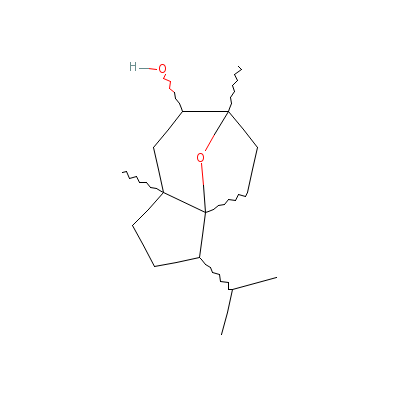
|
| Carotol |
465-28-1 |
6,8a-dimethyl-3-prop
an-2-yl-1,2,3,4,5,8-
hexahydroazulen-3a-o
l |
C15H26O |
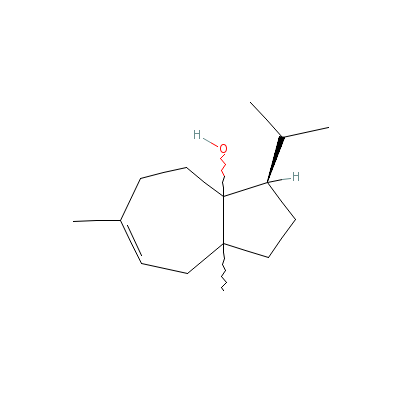
|
| Myrcene |
2153-31-3 |
7-methyl-3-methylide
ne-octa-1,6-diene |
C10H16 |
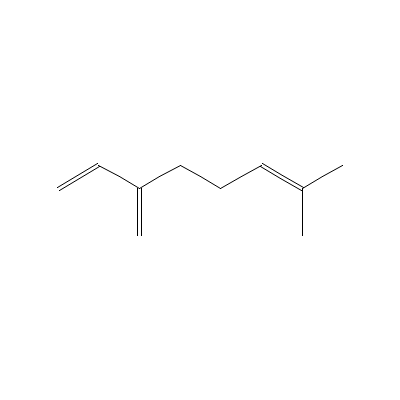
|
| Camphene |
5794-04-7 |
2,2-dimethyl-3-methy
lidene-norbornane |
C10H16 |
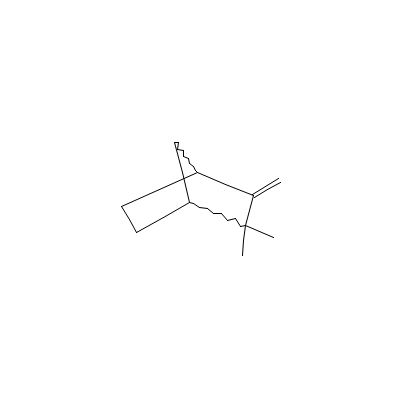
|
| Limonene |
9003-73-0 |
1-methyl-4-prop-1-en
-2-yl-cyclohexene |
C10H16 |
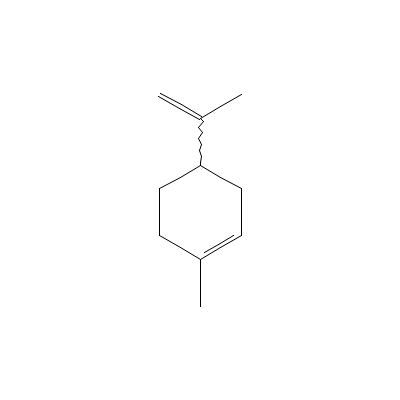
|
| beta-Selinene |
18423-23-9 |
4a-methyl-1-methylid
ene-7-prop-1-en-2-yl
-decalin |
C15H24 |
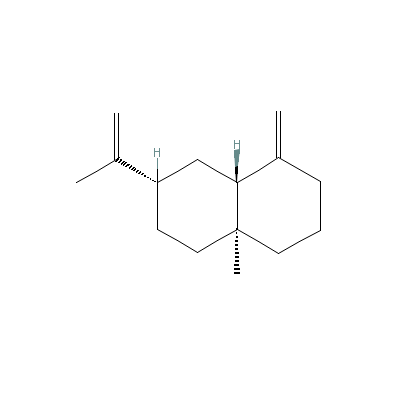
|
| beta-Bisabolene |
495-61-4 |
6-methyl-2-(4-methyl
-1-cyclohex-3-enyl)-
hepta-1,5-diene |
C15H24 |

|
| alpha-Carotene |
432-70-2 |
(1E,3E,5E,7E,9E,11E,
13E,15E,17E)-3,7,12,
16-tetramethyl-1-(2,
6,6-trimet
hyl-1-cy
clohexenyl)-18-(2,6,
6-trimethyl-1-cycloh
ex-2-enyl)octadeca-1
,3
,5,7,9,11,13,15,
17-nonaene |
C40H56 |

|
| beta-Carotene |
Not Available |
3,7,12,16-tetramethy
l-1,18-bis(2,6,6-tri
methyl-1-cyclohexeny
l)-octadec
a-1,3,5,
7,9,11,13,15,17-nona
ene |
C40H56 |

|
| beta-Caryophyllene |
13877-93-5 |
4,11,11-trimethyl-8-
methylidene-bicyclo[
7.2.0]undec-4-ene |
C15H24 |
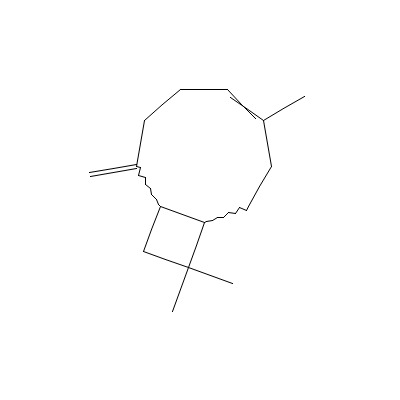
|
|
Pharmacology
| Medicinal Use |
 |
|
Hemorrhoids, leprosy, tumors, eye diseases, burns, to encourage delayed menstruation, can induce uterine contractions and jaundice (root); poultice for sores (root decoction); kidney diseases and dropsy (fruit and seed); colic (fruit); for lithic acid or gouty disposition, in gravel and stone, and is good against flatulence, windy colic, hiccough, dysentery, chronic coughs, etc (tea); to mitigate the pain of cancerous ulcers (root poultice); cleanse running sores and ulcers (leaves wth honey); used to counter cystitis and kidney stone formation, and to diminish stones that have already formed (leaf infusion); in the treatment of diabetes (flower infusion); for threadworms (grated raw root); used in the treatment of oedema, flatulent indigestion and menstrual problems (root infusion); a traditional 'morning after' contraceptive (seed). |
| Reference |
 |
|
 Chandel et al., Biodiversity in Medicinal and Aromatic Plants in India. Chandel et al., Biodiversity in Medicinal and Aromatic Plants in India.
Bentley and Trimen, Medicinal Plants.
The Himalaya Drug Company.
Johnson T. CRC Ethnobotany Desk Reference (www.herbweb.com/herbage). |
Dealers
Products
|
|